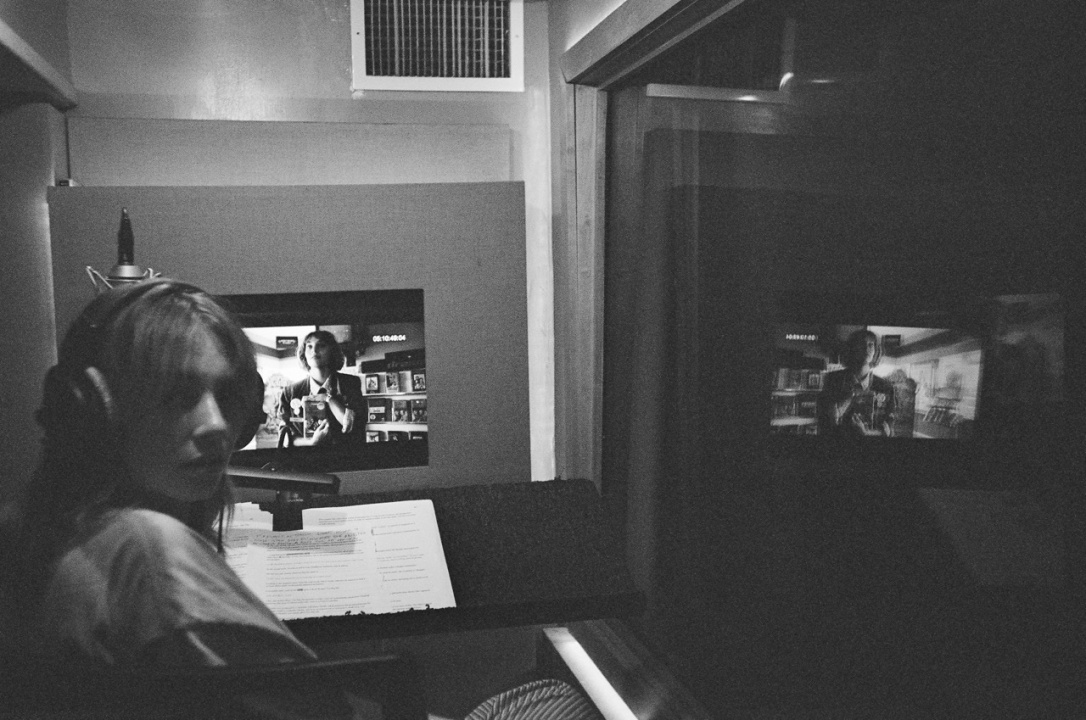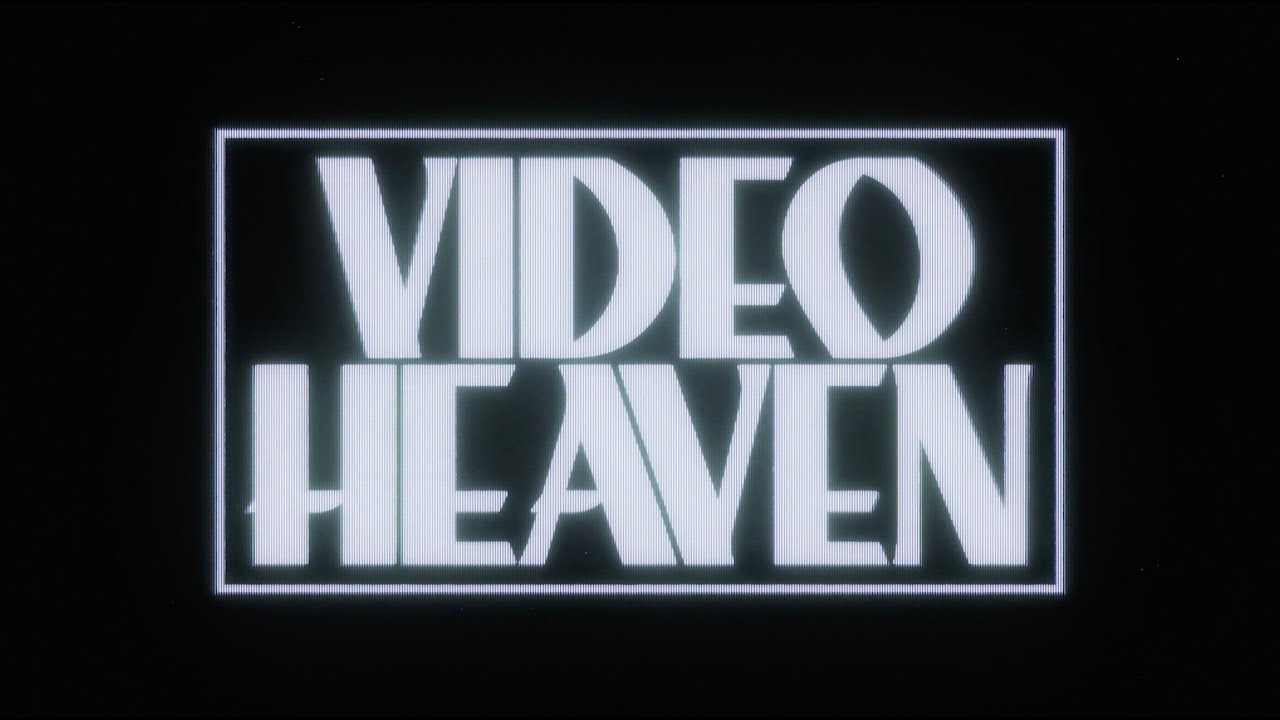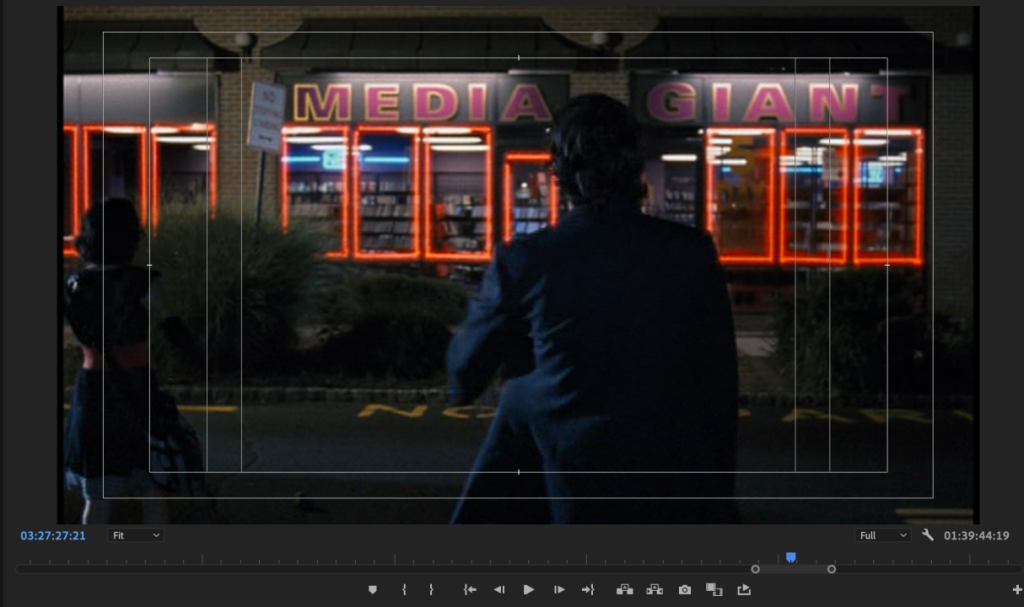“The video store is a place of hope and anxiety about the future.” It is an ancient establishment in our modern entertainment complex. However, at one time, the institution stood on par with the movie theater itself. A communal face to gather and engage—a sanctum for cinematic curiosity and movie consumption. And yet, now, these one-thought mainstays are relics of history. Eloquently described as a part of the world but no longer a part of ours. Alex Ross Perry’s new documentary, Videoheaven, analyzes the video and its place in society. Running for almost three hours, this movie vividly depicts the rise and fall of an industry. Through the use of movie clips, Perry crafts a narrative that is as much about the industry as it is about us—the consumer.
In the song Video Killed The Radio Star by the Buggles, the lyrics decry the advent of television as both a natural progression and a regression. More eyes and ears could experience a song, while at the same time, musical talent meant more than simply having the vocal chops. It is a tale as old as time, the advent of new technology replacing the existing stock.
It may be challenging to believe in our modern consumer culture, but before 1977, videotapes were not readily available for public consumption. The invention of the VCR heralded a new era in the burgeoning home entertainment industry. Interestingly, in 1980, an estimated 1.9 million homes had VCRs; by the end of the decade, that number had increased to around 64.5 million. If films were available to watch at home, this called for a new industry: Enter the video store.
Videoheaven plays like a well-researched essay, complete with calming narration by Maya Hawke. It presents six segments showcasing the video store’s spectacular rise and quiet collapse. This story captures the seismic impact on American movie culture, from the mom-and-pop shop on the corner to conglomerates like Blockbuster. Before videos, movie interaction meant going to the theater or watching a TV broadcast. Video stores and movie rentals gave birth to a cottage industry that, for a time, looked impenetrable and unstoppable. Using clips, it places video stories in movies and TV shows, telling a unique, quintessentially American story. This means it is a complex story of hope and existential dread.
Six parts make up the narrative of this piece. At the beginning, the film asks the appropriate question in the past tense! What was the Video Store? Before the concept gained mainstream popularity, Hollywood films like David Cronenberg’s Videodrome and, more aptly, Brian De Palma’s Body Double helped shape the public’s perception of the institution. While both films are more nefarious in these exploits, later movies, such as Disconnected, set up video stores as a place for community gathering and a sanctuary for cinematic knowledge.
The 1980s are remembered in many ways, but mass consumerism is the most significant and lasting imprint. Everything became more accessible, so people had to have just about everything. Video stores sprang up nationwide, growing rapidly and accomplishing in ten years what had taken movie theaters fifty years to achieve: cultural relevance. At the start of the decade, what might have been a niche marketplace became fodder for mass consumerism and corporatization. We see the turn from mom-and-pop video rentals being the norm to becoming a relic and out of step. Enter the corporate giants that would tower over the industry into the early 21st century.

Throughout the 1980s and 1990s, video stores experienced their heyday, but like all eras, nothing lasts forever. The film dutifully illustrates the change in tastes and perceptions of the establishment. It was an intersection for community, ritual, and expression. Video stores were vehicles for story and character interactions in countless indie films. However, as the institutions became more prevalent and lost their luster, the locations became nothing more than simple window dressing or plot devices, in large part for nostalgia-driven stories. The film notes how the 2012 film This Means War shows the last video store ever meaningfully captured on screen.
The documentary uses eye-catching facts. For example, in 2000, there were approximately 20,000 video stores in the United States, with 5,000 of them being Blockbusters. Of course, today, video stores are like fossils, and there is only one Blockbuster left in existence. As TV killed the radio star, DVD heralded the end of VHS. This media earthquake ultimately contributed to the decline of the video store.
The film reminds us of the age-old question we used to ask every time we went to the video store: what do we want to watch? Our tastes and preferences were predicated on discussion or discovery. The video store became a parlor for exchanging ideas and opinions on movies. A person’s cinematic identity could be defined by the types of films they rented. In this age, where even physical media is a question, the film poses a more poignant and perhaps unanswerable question: what do we want? The answer is ambiguous and remains up to us, the viewers and consumers.
Videoheaven does its thesis by asking what happened to the video store, but this film is not only a documentary. It is an engaging and ultimately tragic account of what happened to a seemingly unstoppable empire. This grand video essay weaves an interlocking narrative commenting on the store’s status as a ‘socio-cultural hub’ and ‘consumer mecca.’ The film is an engrossing analysis, yes, but the use of clips, coupled with Hawke’s narration, makes this not only feel but also play like an obituary. It is a tribute to a part of cinematic history intertwined with the love of movies, as inexplicable as one’s taste. The film honors this once mighty institution and makes us mourn for it.
Videoheaven is now playing at New York’s IFC Center courtesy of Cinema Conservancy. The film will expand to LA’s Vidiots on August 6th as part of a larger theatrical rollout.

Videoheaven does its thesis by asking what happened to the video store, but this film is not only a documentary. It is an engaging and ultimately tragic account of what happened to a seemingly unstoppable empire. This grand video essay weaves an interlocking narrative commenting on the store's status as a 'socio-cultural hub' and 'consumer mecca.'
-
GVN Rating 9
-
User Ratings (0 Votes)
0

Writing & podcasting, for the love of movies.
His Letterboxd Favorites: The Dark Knight, Halloween, Jaws & Anora.






